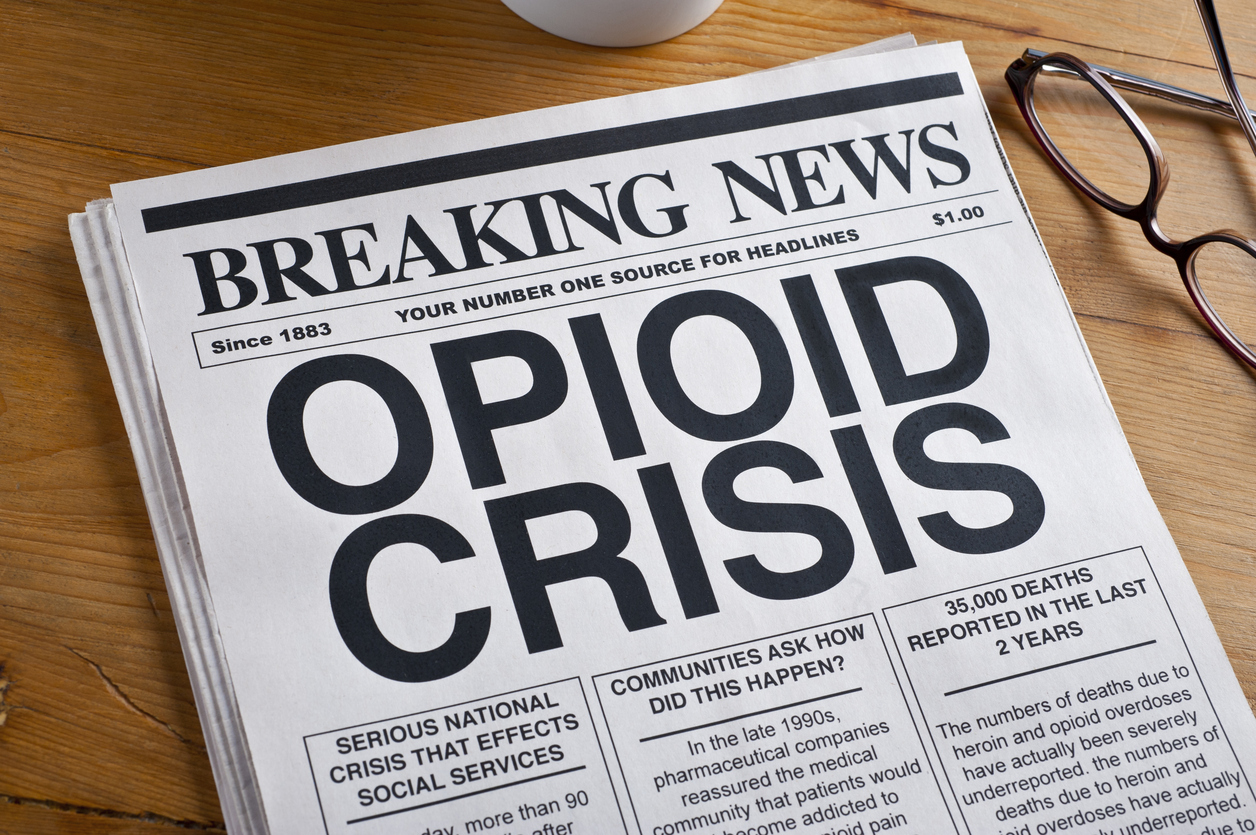
Americans make up only 5% of the world’s population, but consume 80% of the opioid supply. The opioid crisis has been declared a public health emergency and is claiming almost 100 American lives every day. The construction industry has not managed to escape the grip of this epidemic. Like other industries, there is a lack of willingness to recognize the extent to which it has been affected as companies fear insurance rates hikes and tarnishing their reputation.
declared a public health emergency and is claiming almost 100 American lives every day. The construction industry has not managed to escape the grip of this epidemic. Like other industries, there is a lack of willingness to recognize the extent to which it has been affected as companies fear insurance rates hikes and tarnishing their reputation.
It’s not easy to find statistics that relate directly to the construction industry, but a report by insurance underwriter CNA estimates that a staggering 15.1% of construction workers have been affected by the opioid crisis.
What are Opioids?
Most opioids are not illegal—they are drugs prescribed by doctors to help patients deal with pain. They include oxycodone (OxyContin), hydrocodone (Vicodin), codeine, morphine, and many other drugs.
Construction workers are more susceptible to opioid addiction because men are twice as likely as women to develop addictions. Eric Goplerud, senior vice president of the Department of Substance Abuse Mental Health and Criminal Justice Studies at NORC at the University: “The primary workforce in construction is male, and they’re twice as common to abuse prescription drugs than females.”
The physical nature of the industry means that injury and physical wear and tear are prevalent. Doctors will often prescribe opioids so that workers can return to the jobsite. This is meant to be a short-term solution for pain, but often has dire long-term consequences as workers become dependant on medications to get through the day.
The stigma of drug addiction is a huge hurdle to overcome, but most opioid addicts are ordinary people who are just trying to get their pain under control so that they can work. Opening discussions on the issue will help to remove the stigma so that workers can get help and support.
The construction industry is facing massive labor shortages as it is and the opioid crises is a shared responsibility that should be addressed on all levels to prevent further impact on the industry.
